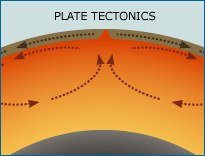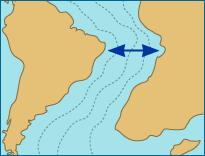Image Caption
We would expect to find that the continents are shaped in ways that could have once fit together.
Image use policy: For non-commercial, educational purposes, this image may be used with a Creative Commons CC BY-NC-SA 4.0 license. Please credit as follows: © University of California Museum of Paleontology, Understanding Science, www.understandingscience.org
See where this image appears on the Understanding Science website »
This image is part of a series:
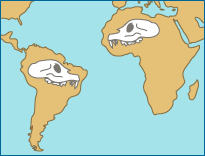
The argument for plate tectonics (1 of 6)
Powerful scientific ideas generate many different expectations, not just one. As an example, let's return to the idea that the continents as we know them today were once joined together…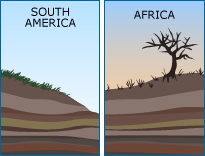
The argument for plate tectonics (3 of 6)
We would expect to find that rock layers and geological features on now distant continents match up where they were once joined.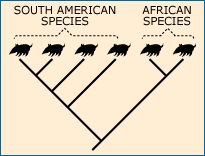
The argument for plate tectonics (4 of 6)
We would expect to find that the evolutionary relationships among non-marine species reflect the ancient supercontinental break up.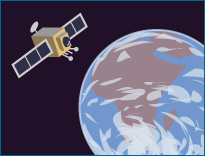
The argument for plate tectonics (5 of 6)
We would expect to find direct evidence of ongoing tectonic movement through sensitive satellite measurements.